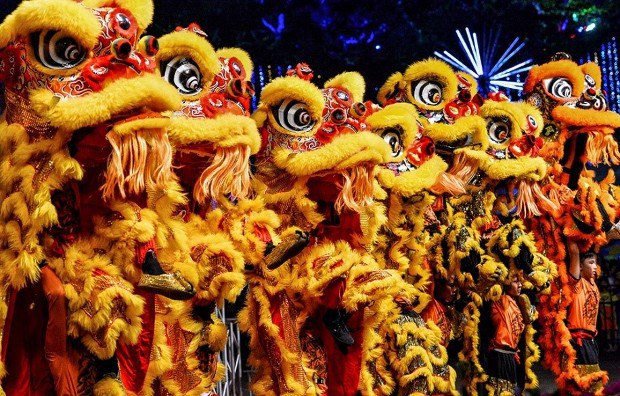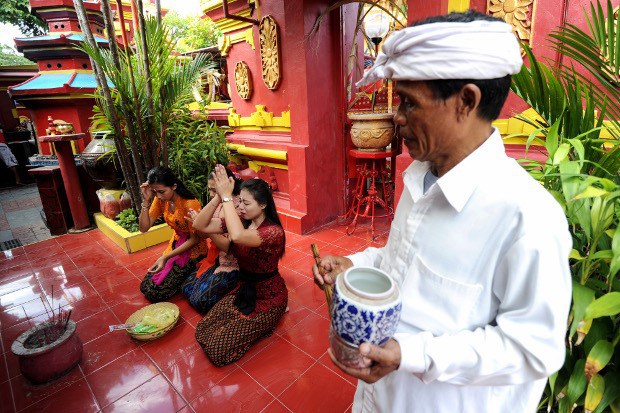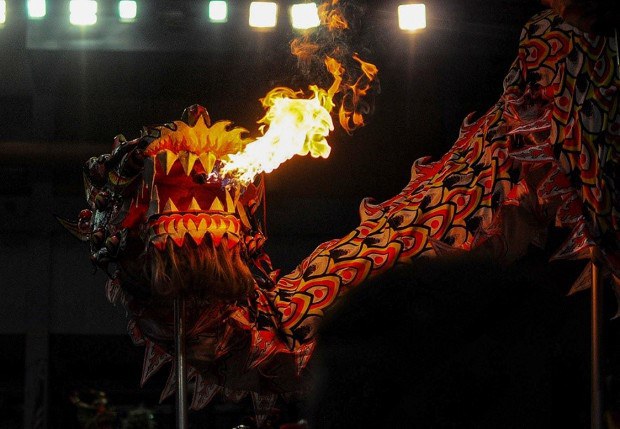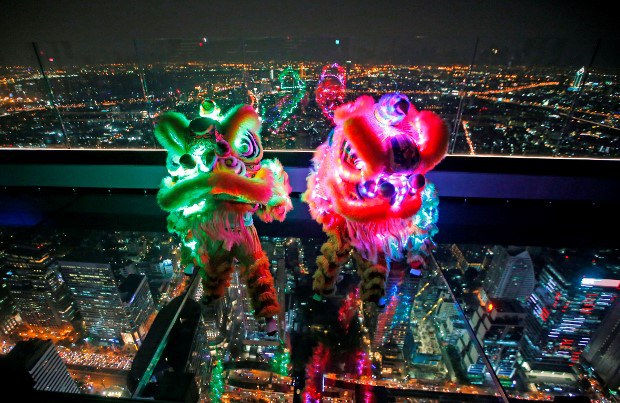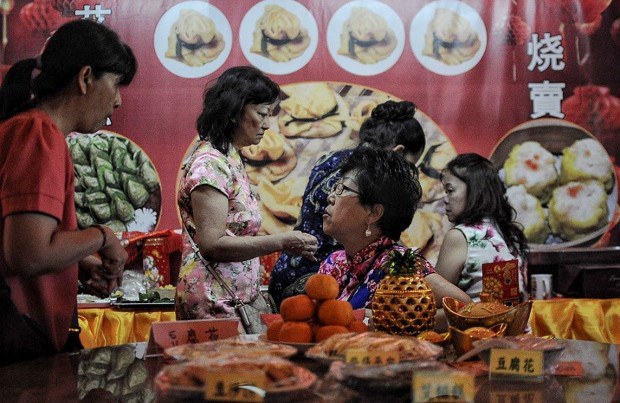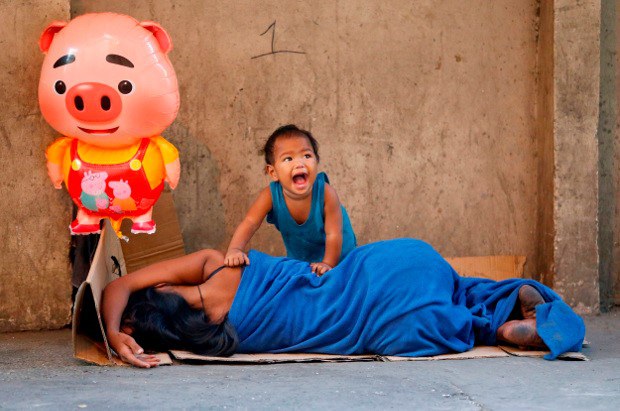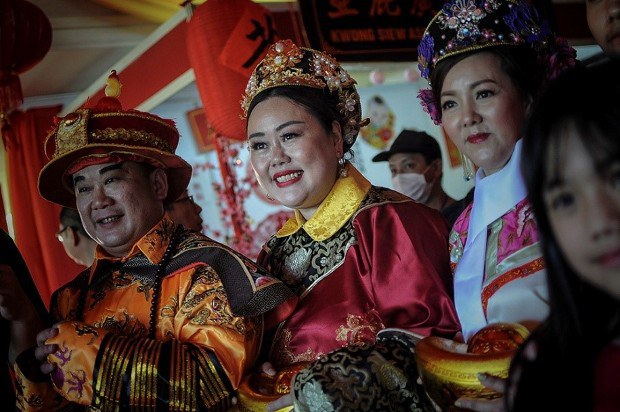Southeast Asian Chinese Ring In Year of the Pig
2019.02.05
Washington
Southeast Asia joined millions of people worldwide in celebrating the Chinese New Year on Tuesday, initiating the Year of the Pig with lion dances, the lighting of firecrackers and doling out of money in red paper envelopes – in the hope of striking good luck.
China refers to the lunar event as a Spring Festival. People of Chinese ancestry in Malaysia, Indonesia, Thailand and the Philippines sprang up to welcome the new year by decorating their homes with red banners.
The celebration marks the beginning of a new year on the traditional Chinese calendar. The first day of the festivity begins on the new moon that appears between Jan. 21 and Feb. 20.
The event, the biggest holiday for Chinese communities, is associated with several myths and customs and was traditionally a time to honor deities, as well as ancestors.
But in Southeast Asia, the Chinese tradition is intertwined with regional customs that include family gatherings, during which gourmet food are prepared for families and friends.
Dumplings are featured prominently in Chinese meals, but New Year pot stickers are special, often shaped to resemble gold ingots to bring wealth in the year ahead.
In the Philippines, it is traditional for Chinese families to thoroughly clean their house, believing that the cleaning will sweep away the bad luck of the preceding year and make their homes ready for good luck.
Red symbolizes good fortune in Chinese tradition, and in Southeast Asia red packets that almost always contain money are distributed during family reunion dinners. Custom dictates that the amount should be of even numbers, with the number 8 considered lucky.








